Imagine a tranquil oasis in your very own backyard – a place where you can escape the heat of summer days with a refreshing dip. That’s the beauty of having a plunge pool, and with plunge pool ideas: 9 small designs for a refreshing backyard dip, you can transform even the most space-constrained areas into a serene retreat.
These compact water features have surged in popularity, combining convenience, aesthetics, and wellness in one stylish package. Whether you’re contemplating a chic addition to your outdoor living space or a simple yet functional water feature, these small plunge pool designs offer a refreshing escape from the daily grind.
What is a Plunge Pool?
A plunge pool is essentially a small, shallow pool designed for lounging and relaxation rather than vigorous swimming. These pools are ideal for small backyards or areas where space is at a premium. They offer a cool respite on hot days and can even serve therapeutic purposes, such as cold water immersion for improved circulation.
Typically, plunge pools are compact and can be installed in-ground, above ground, or even semi-inground, depending on the design and available space. They can also be incredibly stylish, with options that include tiling, lighting, and water features to enhance the backyard ambiance.
Their versatility extends to their use throughout the seasons; while they are perfect for a summer dip, they can also be heated for use during cooler months, doubling as a hot tub. This year-round functionality makes plunge pools a valuable addition to any home.
With the right design, a plunge pool can blend seamlessly into your landscape, complementing your home’s aesthetic and increasing the value of your property. It’s no wonder that homeowners are seeking affordable plunge pool ideas for small backyards to create their personal retreat.
Why Are Plunge Pools So Popular?
The rising popularity of plunge pools can be attributed to several factors, including their affordability and low maintenance. Unlike traditional pools, plunge pools require less water and energy, which translates into cost savings – both during installation and over the long term with upkeep.
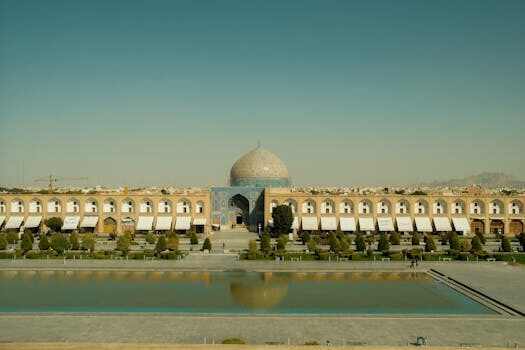
Moreover, their small size doesn’t mean compromising on luxury. Plunge pools can be equipped with stylish plunge pool options for compact yards, including elegant tiling, soothing waterfalls, and even spa-like jets for an indulgent experience.
Another factor contributing to their popularity is the health benefits. Cold therapy has been linked to improved mental well-being, reduced inflammation, and better sleep quality, making these pools not just a decorative feature but also a wellness investment.
Finally, the customization options are almost endless. Whether you prefer a rustic vibe with natural stone or a modern look with sleek edges, customizable plunge pool solutions for diverse lifestyles mean there’s a design for every taste.
How Deep Is A Typical Plunge Pool?
While there is no one-size-fits-all answer, most plunge pools are generally between 4 to 6 feet deep. This depth is ideal for relaxing and cooling off without the need for extensive swimming space. It’s also a practical depth for features such as built-in seating or standing areas.
 Deck shade ideas: 10 ways to shelter your decking from the sun
Deck shade ideas: 10 ways to shelter your decking from the sunThe depth can be adjusted based on personal preference or specific use cases; for example, those looking to use the pool primarily for cold therapy may opt for a shallower design. Conversely, if the plunge pool is to double as a hot tub, a bit more depth might be preferred to allow for full-body submersion.
It’s essential to consider not only your current needs but also how they may evolve over time. A plunge pool is a significant investment, and ensuring it can adapt to different uses will maximize its value and enjoyment.
Are Plunge Pools Easy To Maintain?
One of the primary advantages of a plunge pool is its ease of maintenance. Their smaller size means less time and money spent on upkeep compared to traditional pools. You’ll use fewer chemicals and less water, and cleaning can be a breeze.

In addition, many plunge pools come with filtration and circulation systems that are specifically designed for their compact volume, further simplifying maintenance tasks. And with the advent of saltwater systems and automated cleaning technologies, owning a plunge pool has never been more hassle-free.
For those concerned about sustainability and eco-friendliness, plunge pools are an excellent choice. The reduced water and energy usage align with a more sustainable lifestyle without sacrificing the luxury of having a personal water retreat.
What Is The Cost Of Installing A Plunge Pool?
The cost of installing a plunge pool can vary widely depending on factors such as size, materials, and additional features. Generally, homeowners can expect to spend anywhere from a few thousand dollars for a basic model to tens of thousands for a fully-customized, luxurious design.
To keep costs down, consider Affordable plunge pool ideas for small backyards, such as pre-fabricated kits or simpler designs that minimize the use of expensive materials. DIY enthusiasts might even tackle some aspects of the installation themselves to save on labor costs.
However, it’s essential to balance budget considerations with quality. Investing in a well-constructed plunge pool made from durable materials can save money in the long run by reducing the need for repairs and maintenance.
What Are The Different Types Of Plunge Pools?
Plunge pools come in various types to suit different preferences and backyard layouts. Understanding these options can help you choose the perfect style for your space:
- In-Ground Plunge Pools: Fully integrated into the landscape, they offer a sleek and permanent solution.
- Above-Ground Plunge Pools: A more affordable and less permanent option that can be installed quickly.
- Semi-Inground Plunge Pools: Combining elements of in-ground and above-ground pools for a unique look.
- Corner Plunge Pools: Perfect for utilizing corner spaces in your yard, maximizing the use of available area.
- Custom Shapes: Tailored to your specific design preferences and the contours of your backyard.
Each type has its own set of benefits and considerations. For instance, in-ground pools may require more extensive excavation, but they can be customized to fit the exact shape and style of your desired design. Above-ground models, on the other hand, can often be installed with minimal disruption to the yard.
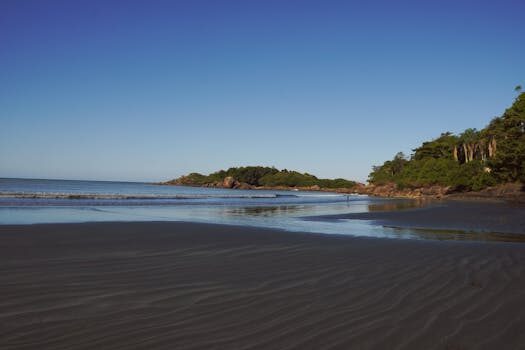
 Types of lilies: 16 gorgeous varieties to consider
Types of lilies: 16 gorgeous varieties to considerWhen exploring DIY plunge pool designs for limited spaces, semi-inground and corner pools are particularly appealing. They can be easier to install than traditional in-ground pools while still offering the aesthetic and functional benefits.
How To Choose The Perfect Plunge Pool For Your Space?
Choosing the perfect plunge pool for your backyard involves considering several factors. Here are a few tips to guide you through the process:
- Assess Your Space: Measure your backyard and consider the best location for your pool, factoring in sunlight, privacy, and proximity to your home.
- Set a Budget: Determine how much you’re willing to spend and what features are must-haves versus nice-to-haves.
- Choose a Design: Reflect on your personal aesthetic and how you want the pool to complement your outdoor space.
- Consider Maintenance: Opt for a design and materials that align with the level of maintenance you’re comfortable with.
- Consult with Professionals: Seek advice from pool installers or landscapers to ensure your chosen design is feasible for your space and climate.
In addition to these tips, don’t forget to think about future uses. Perhaps you’ll want to incorporate a pool heater for year-round use, or maybe you’re interested in eco-friendly options like solar covers. Whatever your preferences, taking the time to consider all aspects will ensure you choose a plunge pool that meets your needs for years to come.
For some visual inspiration, check out this YouTube video showcasing modern backyard pool designs:
Related Questions on Small Pool Designs
What is the smallest size plunge pool?
The smallest plunge pools can be as compact as 6 feet by 6 feet, making them ideal for virtually any backyard. These tiny pools focus on depth rather than length or width, providing a space for full-body immersion without requiring extensive ground space.
However, the size can vary based on your preferences and the pool’s intended use. For example, if you’re interested in a pool for cold therapy, you might opt for a smaller, deeper design. But if relaxation and aesthetic are your priorities, a slightly larger pool with seating and design features might be more suitable.
What are the disadvantages of a plunge pool?
While plunge pools have many benefits, there are some potential drawbacks to consider. Their small size, while perfect for cooling off and relaxation, is not suitable for swimming laps or accommodating large groups of people.
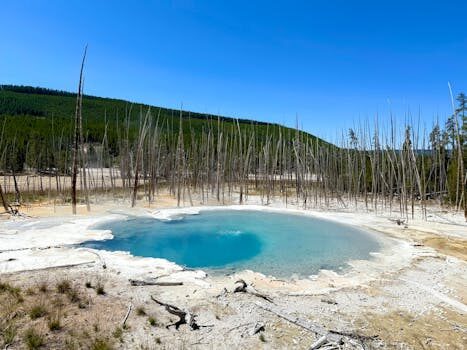
Additionally, if not adequately planned, the installation of a plunge pool can disrupt backyard landscaping, and although they are generally low-maintenance, they do still require regular care to keep the water clean and the systems functioning correctly.
What is the best shape for a small pool?
The best shape for a small pool depends on your backyard’s layout and your personal preferences. Rectangular pools are classic and can be great for lap swimming, while circular or free-form pools can create a more organic and relaxed ambiance.
For those with angular or limited space, geometric shapes like squares or triangles can maximize the area and add a contemporary touch to the landscape. Ultimately, the best shape will blend functionality with the aesthetic you wish to achieve.
How much does a small dipping pool cost?
A small dipping pool can cost anywhere from a few thousand dollars for basic models to upwards of $20,000 for customized designs with premium features. The price is influenced by the choice of materials, size, features, and installation complexity.
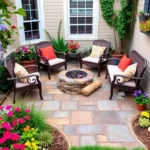 Small front garden ideas: 13 welcoming ways with landscaping and plants
Small front garden ideas: 13 welcoming ways with landscaping and plantsBy exploring Low-maintenance plunge pools for easy upkeep, you can keep ongoing costs down, although it’s important to factor in the initial investment. Pre-fabricated kits can be a cost-effective route, while a custom-tiled pool will be on the higher end of the spectrum.
When embracing the idea of a plunge pool, remember that it’s not just a feature – it’s an investment in your home and well-being. With careful planning and a touch of creativity, you can enjoy a stunning, refreshing dip that perfectly suits your lifestyle and space.

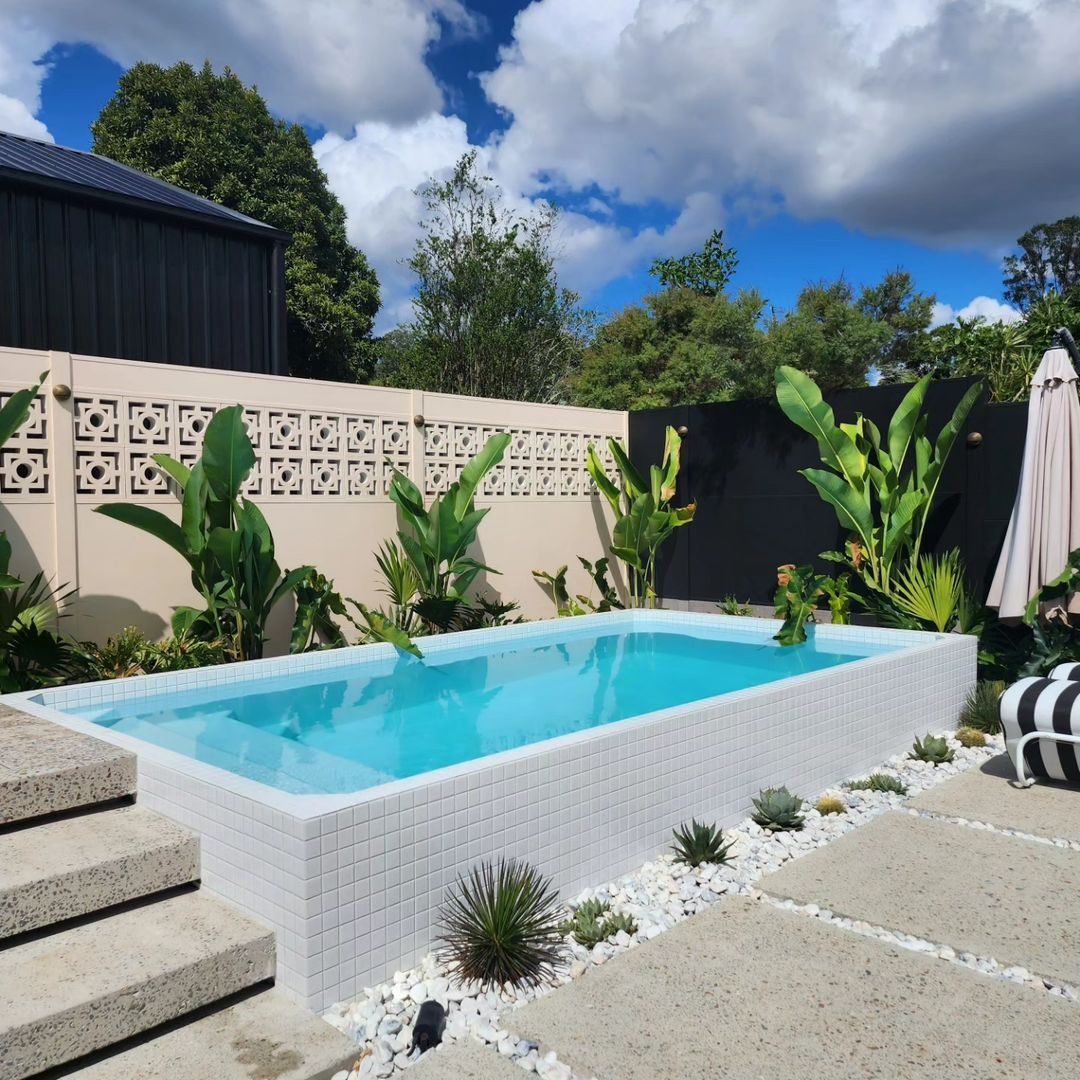
Loving these plunge pool ideas! It’s amazing how you can transform even the tiniest backyard into a cool retreat. The versatility and year-round use make them such a smart addition to any home. Plus, the health benefits are a big bonus. Definitely considering one for my space – thanks for the inspiration!